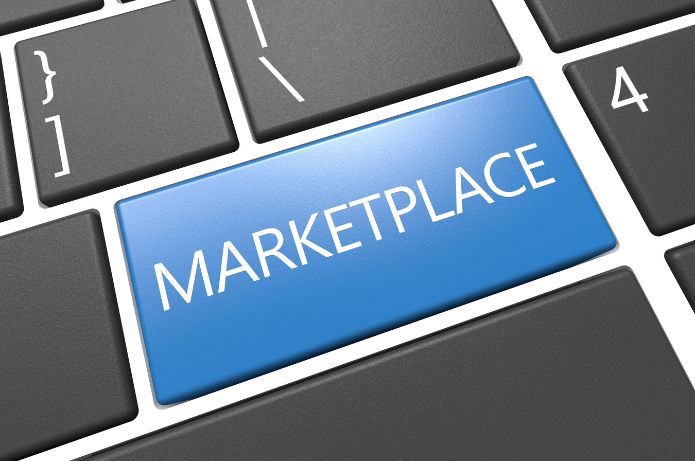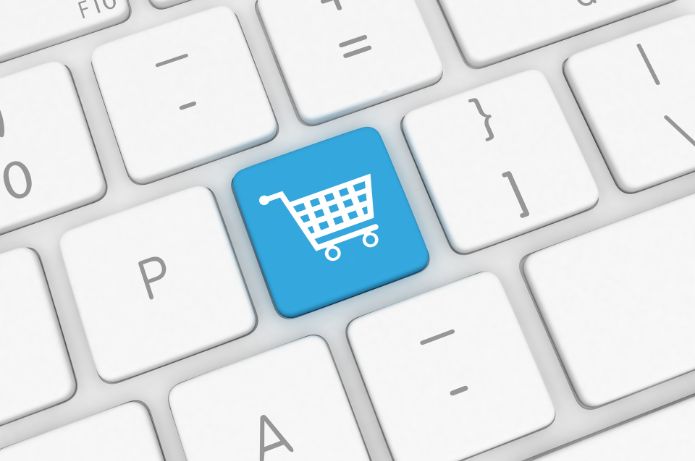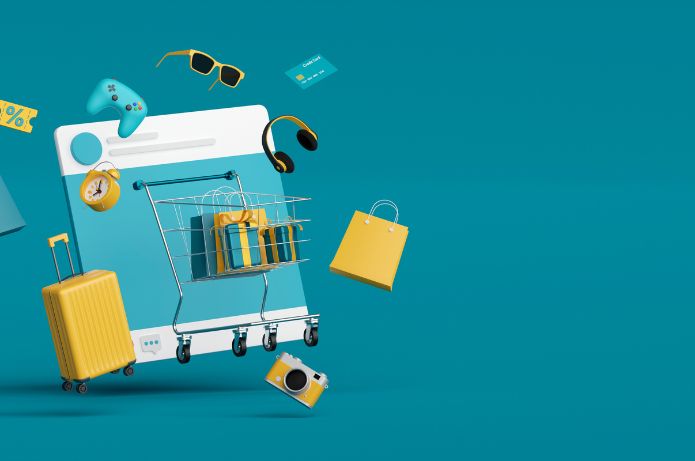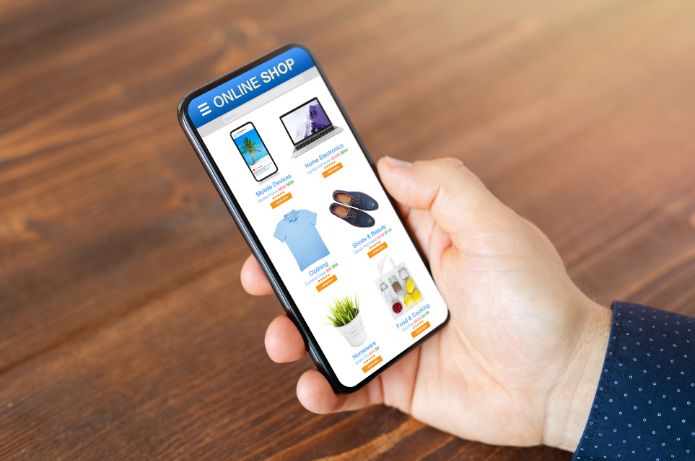An online marketplace is a digital platform that connects buyers and sellers, allowing them to conduct commercial transactions over the internet. These platforms act as intermediaries, providing infrastructure for individual sellers or companies to offer their products or services to a large number of potential customers. Some popular examples of online marketplaces include Amazon, eBay, Mercado Livre, and Airbnb.
History:
Online marketplaces emerged in the late 1990s with the advent of e-commerce. One of the first and most successful examples was eBay, founded in 1995, which started as an online auction site for consumers to sell items to each other. As the internet became more accessible and trust in e-commerce grew, more marketplaces emerged, covering a wide range of sectors and business models.
Types of online marketplaces:
There are several types of online marketplaces, each with their own characteristics and target audiences:
1. Horizontal marketplaces: They offer a wide variety of products from different categories, such as Amazon and Mercado Livre.
2. Vertical marketplaces: Focus on a specific niche or sector, such as Etsy for handmade and vintage goods, or Zalando for fashion.
3. Service marketplaces: Connect service providers with customers, like Fiverr for freelancers or Uber for transportation services.
4. P2P (peer-to-peer) marketplaces: Allow consumers to sell products or services directly to each other, such as eBay or Airbnb.
Advantages:
Online marketplaces offer several advantages for sellers and buyers:
1. Expanded reach: Sellers can access a much larger audience than would be possible with a physical store.
2. Convenience: Buyers can find and purchase products or services easily, anytime, anywhere.
3. Variety: Marketplaces often offer a large selection of products or services, allowing shoppers to find exactly what they are looking for.
4. Trust: Established platforms offer reputation and consumer protection systems, increasing trust in transactions.
5. Reduced costs: Sellers can save on operational costs such as rent for physical space and employees.
Challenges:
Despite their advantages, online marketplaces also present some challenges:
1. Competition: With many sellers offering similar products, it can be difficult to stand out and attract customers.
2. Fees: Platforms often charge fees on sales, which can reduce sellers’ profit margins.
3. Platform Dependency: Sellers can become overly dependent on the marketplace, limiting their ability to build their own brand.
4. Quality issues: Ensuring the quality and authenticity of products can be a challenge, especially in marketplaces with many sellers.
Future of online marketplaces:
As e-commerce continues to grow, online marketplaces should become even more prevalent and sophisticated. Some trends that are expected to shape the future of marketplaces include
1. Personalization: The use of data and artificial intelligence to provide more personalized shopping experiences.
2. Omnichannel integration: The combination of online and offline experiences to create a seamless shopping journey.
3. Specialized marketplaces: The emergence of more marketplaces focused on specific niches or communities.
4. Globalization: The expansion of marketplaces into new international markets, connecting sellers and buyers around the world.
Conclusion:
Online marketplaces have revolutionized the way we buy and sell products and services, offering unprecedented convenience, variety, and accessibility. As technology advances and consumer habits evolve, marketplaces must continue to play a central role in e-commerce and the global economy. Although there are challenges to be faced, the future of online marketplaces looks promising, with new innovations and opportunities always emerging.











